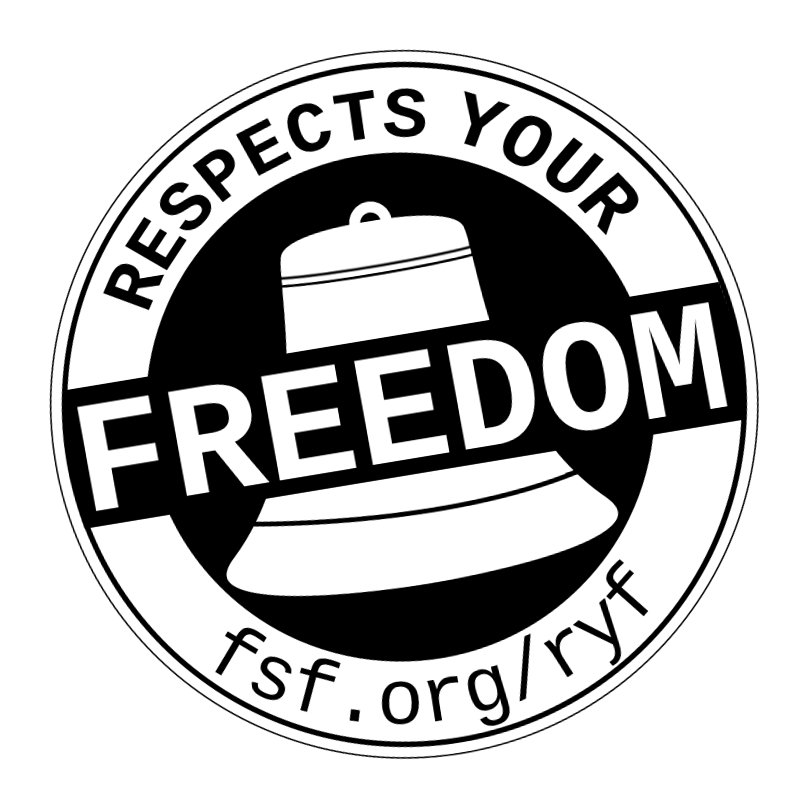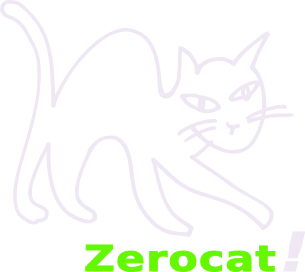Chipflasher Webpage
Chipflasher ‘board-edition-1’

Branch master, tag board-edition-1: In May 2018, this version had
been certified to respect computer users’ freedom by the Free Software
Foundation (FSF). First ten devices, shipped in signed packages, were
available for purchase since then. Production of more
devices had been resumed as of 2021, 12th of April, but has been
suspended again in September 2021 due to ongoing development. However,
the software of branch master (e.g.: kick2) still applies for this
RYF-certified device, so please feel free to upgrade in case you have
built or purchased this product.
Check its dedicated webpage for more details: Webpage for Zerocat Chipflasher ‘board-edition-1’
The documentation, now built in an updated GNU Guix environment, is available here: Documentation for Zerocat Chipflasher ‘board-edition-1’
Chipflasher v2
First Devices
I am happy to announce that Zerocat Chipflasher v2 is out! Some first devices and kits are available from Zerocat’s shop (secure HTTP, JavaScript not required), located in Germany, Europe:
It turned out that the resistors R10 and R23, wired in parallel, are populated with too low values. Since 2025, the PCB is shipped in a modified version with values of 100Ohm and 1KOhm. The resistors are socketed to allow adaption if required by use case.
Funded by NGI Programme
The development of “Chipflasher v2” and its firmware, kick2, has been
funded by the Next Generation Internet (NGI) programme, as
announced by the NLnet Foundation. The funded results
are available for reference on branch flashrom-interface, which has
been updated to meet important progress and bug fixes. The
documentation, as referred by NLnet, is available here:
Documentation for Zerocat Chipflasher Flashrom Interface
The new firmware offers interfaces to the project’s own host utility
connect, as well as to flashrom and friends. By default, the device
communicates over RS232 at 115200baud and drives the SPI bus at clock
rates up to 40MHz when used via serprog v1 protocol.
Updated Firmware
Since project version v2.1.1, kick2 is able to detect PCBs
‘board-edition-1’, ‘board-v2’, and ‘board-v2.1’ (which is not yet
released), and will adapt accordingly.
Since project version v2.1.6, the SPI clock is driven by kick2 at
10MHz across all interfaces and jobs. Code overhead
is greatly reduced. With connect, the end-of-write-cycle-detection
reaches a resolution of one microsecond per sample.
Hardware Protection Mode
It is worth noting that the flasher can be used to access SPI configuration registers so that users can apply Hardware Protection Mode to the BIOS chips of their desktops and laptops if the chips support that feature. See Zerocat Flash Access to get into that technique.
Hardware Protection Mode greatly improves system integrity by preventing firmware modification via software, spyware or malware...
“Chipflasher v2” Documentation
The “Chipflasher v2” documentation is available here:
Documentation for Zerocat Chipflasher
Respect Your Freedom (RYF) Programme
I intend to send device samples to the Free Software Foundation in Boston, USA, and to apply for their Respects-Your-Freedom (RYF) certification programme. In order to reflect the current status of my application, an extensive system is used on the sales pages and associated documents:
RYF intended –> pending –> applied/denied
At the time of writing (31st of March 2025), the status still is:
RYF intended
The RYF programme not only requires the device to be developed with a clean stock of free-software applications, it also checks copyright and license compatibilities of the hardware distribution, of shops and sales pages. If my shop finally succeeds, “Chipflasher v2” can be offered as an RYF-certified device.
First things first: The shop is currently down, as I am in urgent need to find a new workshop or studio – I will then resume sales and check with the FSF to see if they are able to send a ticket number.
Update as of March 2025: FSF invites me to send sample devices and I am working on an amended PCB, heading towards “Chipflasher v2.1”...
Update as of June 2025: Preview of “next generation PCB” available with “Chipflasher NG”.
Update as of July 2025: “Chipflasher NG” 3D device previews available, pre-order accepted, shop is open again.
Update as of September 2025: Project version advances towards v2.2.0 – introducing the Zerocat Loader project.
Update as of 2025, October 9: Project version advances towards v2.3.0 – USB-to-RS232 adapter based on FT232RL nicely supported
Update as of 2025, October 20: PCB board-v2.1.0-rc1 made available for review. This is the first release candidate for board-v2.1!
Update as of 2025, October 27: PCB board-v2.1.0-rc2 made available for review. This is the second release candidate for board-v2.1!
Update as of 2025, November 1st: PCB board-v2.1.0-rc3 made available for review. This is the third release candidate for board-v2.1.0!
Update as of 2025, November 2nd: PCB board-v2.1.0 released!
Update as of 2025, November 9: PCB board-v2.2.0 released!
The PCB design of tag board-v2.1.0 will not be used for production
due to a broken title page of the HTML documentation.
Update as of 2025, November 23rd: Batch of bare new PCBs just arrived!
Watch Progress
Progress on firmware, PCB and device development is posted on the Welcome page, please have a look to stay tuned.

